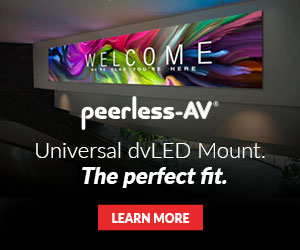by Brian Rhatigan | Dec 16, 2016 | Events, Pro Audio
Each Spring and Fall Almo’s E4 Tour swings through two major cities and brings along with it an entire day’s worth of CTS accredited educational courses and gets roughly 40 of the top manufacturers in the professional audio video industry all in one room showcasing their newest product offerings.
As a technology professional and a self-proclaimed “AV Geek” these events are always exciting to me as I am often one of the first people to see new and emerging technology. Sometimes it’s electronics, or perhaps software, or even bent metal making the installation of said technology easier and more efficient. There were a handful of stand-out products that were featured at our Fall shows this year that are worth checking out.
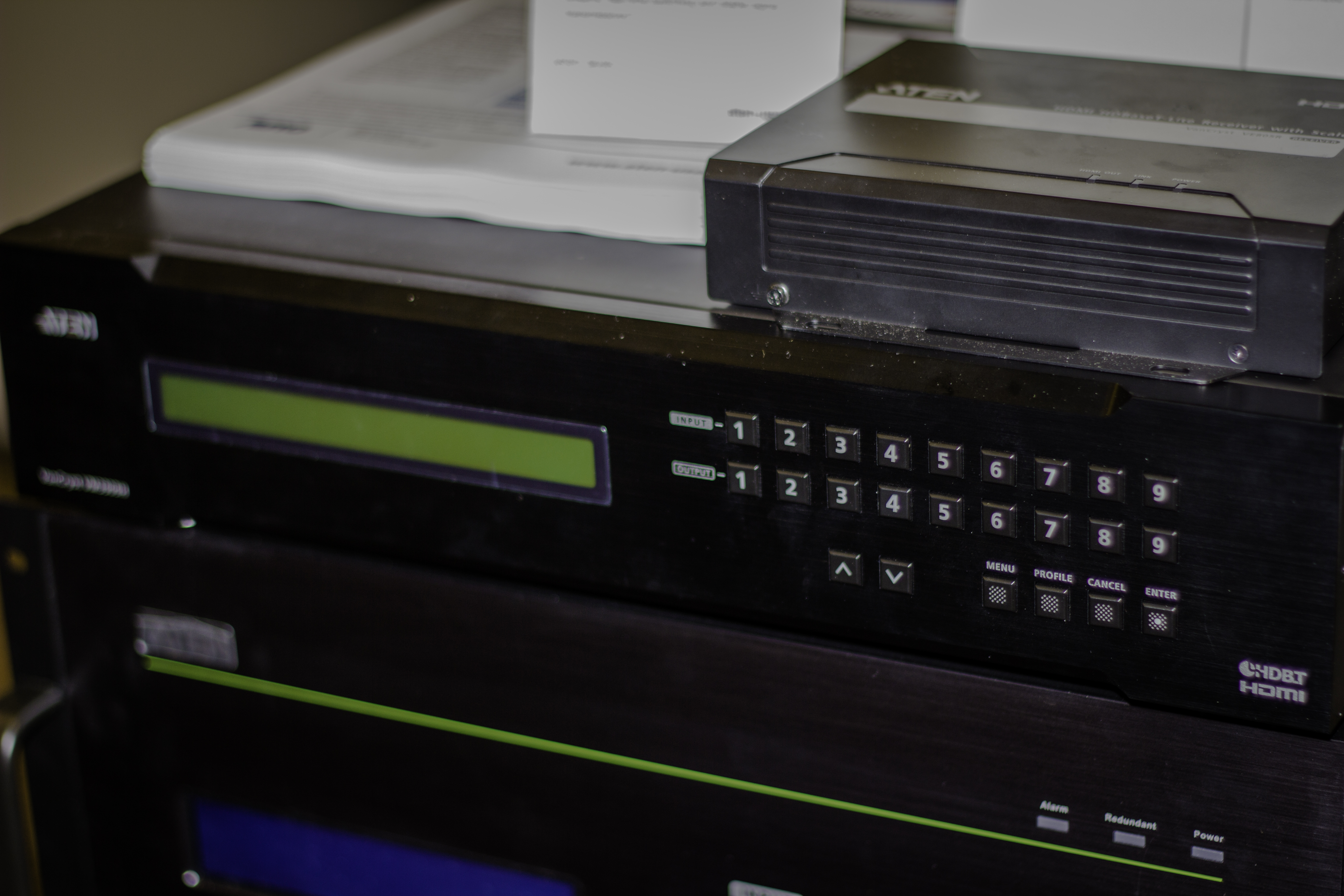 1.) ATEN VM3909H – 9×9 HDMI HDBaseT-Lite Matrix Switch: Remember way back when where the number of hot dogs in a package did not always match the number of buns in a package? I realize it is a silly reference, but try doing a 3×3 video wall with an 8×8 matrix switch. The folks at ATEN were mindful of this when they introduced this 9×9 HDMI matrix switch earlier this year. An addition to the 9 HDMI outputs it has 9 HDBaseT Lite outputs allowing the switch to be located up to 70m away from the video wall using the appropriate HDBaseT receivers. A simple front panel control and GUI interface to create simple video wall layouts round out the feature set of this Red Dot Award winning product.
1.) ATEN VM3909H – 9×9 HDMI HDBaseT-Lite Matrix Switch: Remember way back when where the number of hot dogs in a package did not always match the number of buns in a package? I realize it is a silly reference, but try doing a 3×3 video wall with an 8×8 matrix switch. The folks at ATEN were mindful of this when they introduced this 9×9 HDMI matrix switch earlier this year. An addition to the 9 HDMI outputs it has 9 HDBaseT Lite outputs allowing the switch to be located up to 70m away from the video wall using the appropriate HDBaseT receivers. A simple front panel control and GUI interface to create simple video wall layouts round out the feature set of this Red Dot Award winning product.
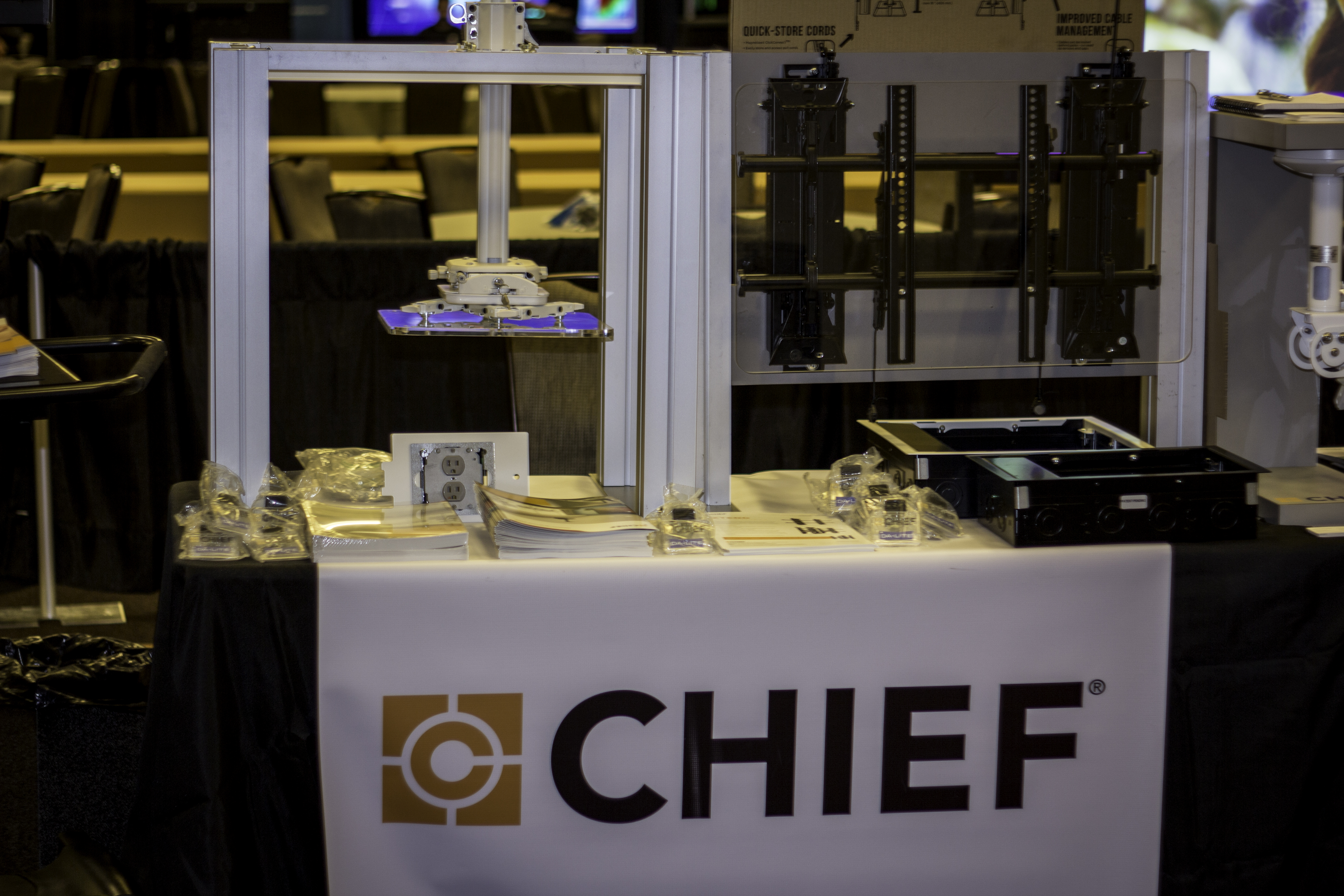 2.) Chief SYS Projector Mount System Series: The engineers at Chief really did their homework on this one keeping the installer in mind with features not found in other mounting systems. This system not only saves time on the install but is aesthetically pleasing. Installers will love the fact that the mount and column come pre-assembled and even the box is designed so that the parts needed first are packaged on top. Micro adjustments for perfect alignment can be made without any tools and the 0”-12” adjustable column has separate cable management channels for both high and low voltage cabling.
2.) Chief SYS Projector Mount System Series: The engineers at Chief really did their homework on this one keeping the installer in mind with features not found in other mounting systems. This system not only saves time on the install but is aesthetically pleasing. Installers will love the fact that the mount and column come pre-assembled and even the box is designed so that the parts needed first are packaged on top. Micro adjustments for perfect alignment can be made without any tools and the 0”-12” adjustable column has separate cable management channels for both high and low voltage cabling.
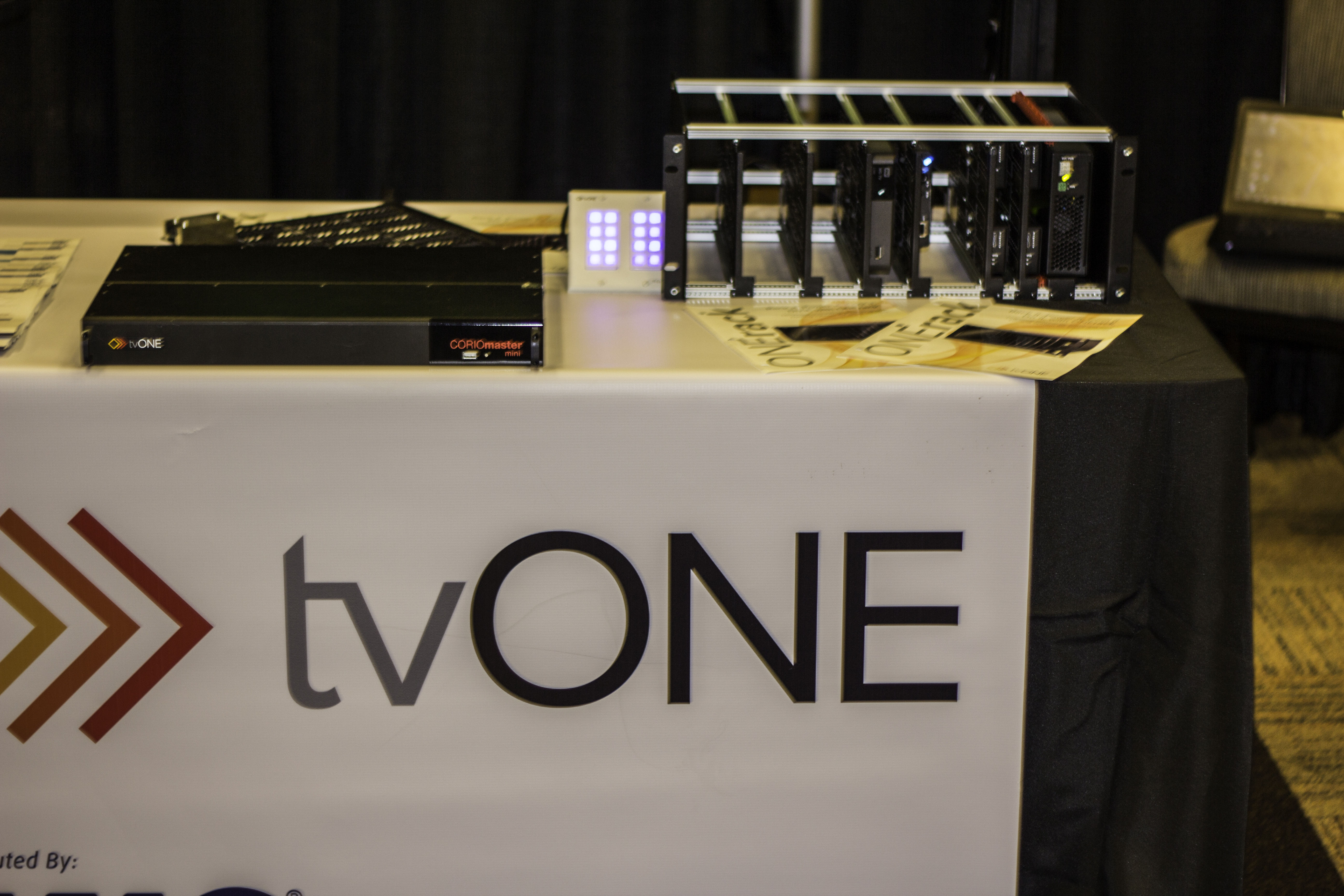
3.) tvONE ONErack – Universal Rack Mounting System for Small Devices: While small devices such as HDBaseT transmitters, format converters, small audio products and more are convenient because of their size they can quickly make a mess of your equipment rack since in many cases they are not specifically designed to be mounted or secured into a traditional 19” rack space. Not only that, but they also generally have large wall-wart type power supplies which can clutter power distribution units within the rack. Available in 4RU, 5RU, and 6RU chassis models, this system converts randomly sized small AV devices into slide-in modules while consolidating power for all devices within the system. An optional active cooling system is available for situations where you are populating a large number of devices.
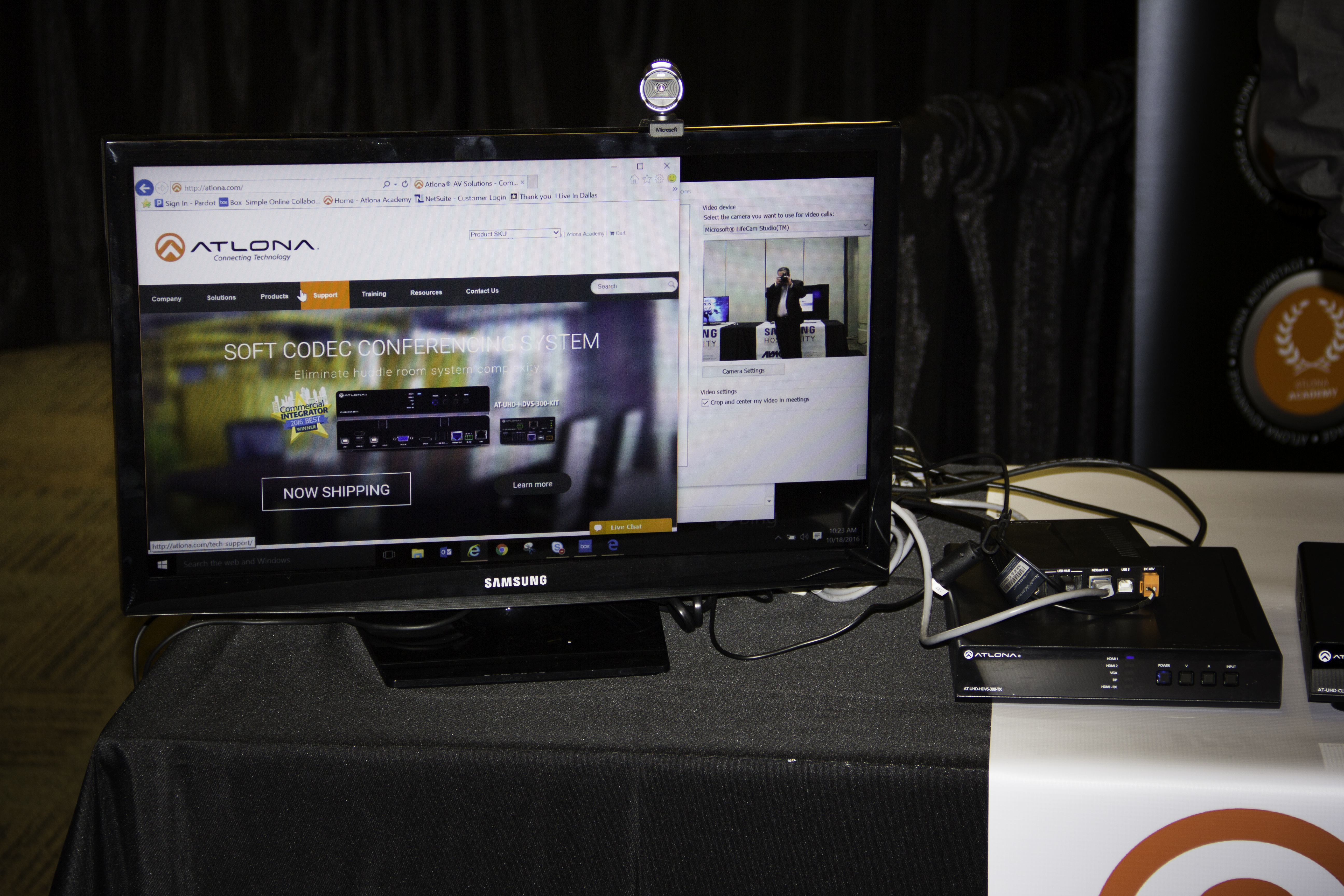 4.) Atlona AT-UHD-HDVS-300-KIT – Soft Codec Conferencing System: As more and more companies adopt PC-based conferencing codecs like Skype, WebEx, & GoToMeeting in place of traditional hardware based codecs for smaller conference rooms and huddle spaces the need for external USB microphones and cameras has increased with the desire for quality meetings. In order to accomplish this typical systems require AV extenders, USB extenders, USB hubs, multiple remotes, plus all of the required cables. Atlona’s system accomplishes this with just two devices and a single category cable. This unit also is a 4 input auto sensing AV switcher and provides automatic display control via CEC, IP, and RS-232 allowing users to start meetings quickly and easily.
4.) Atlona AT-UHD-HDVS-300-KIT – Soft Codec Conferencing System: As more and more companies adopt PC-based conferencing codecs like Skype, WebEx, & GoToMeeting in place of traditional hardware based codecs for smaller conference rooms and huddle spaces the need for external USB microphones and cameras has increased with the desire for quality meetings. In order to accomplish this typical systems require AV extenders, USB extenders, USB hubs, multiple remotes, plus all of the required cables. Atlona’s system accomplishes this with just two devices and a single category cable. This unit also is a 4 input auto sensing AV switcher and provides automatic display control via CEC, IP, and RS-232 allowing users to start meetings quickly and easily.
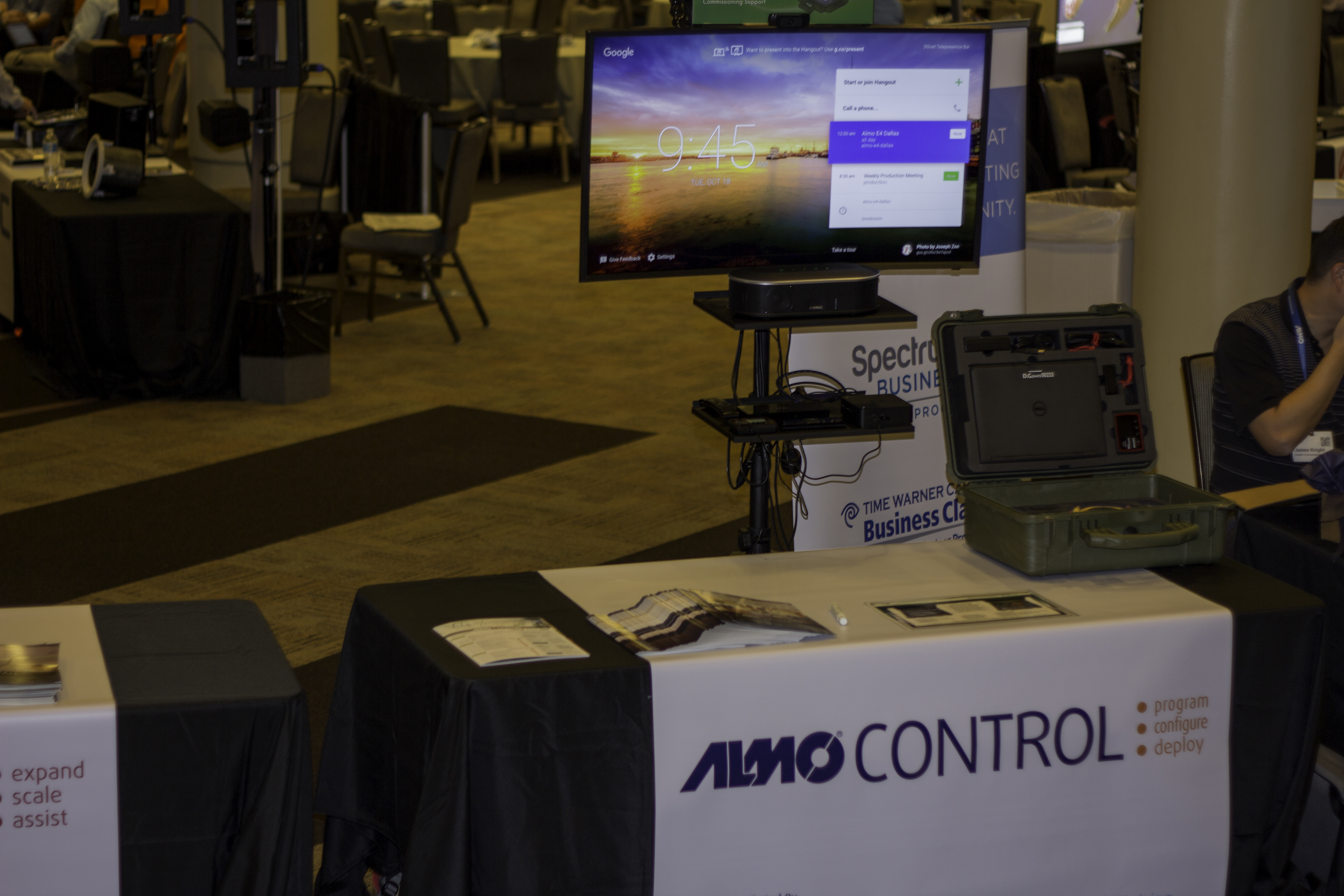 5.) Almo CONTROL – Control System & DSP Programming Services: Almo got into offering services two years ago with the introduction of digital signage content creation and since then have added services for installation as well as telecom services. Almo CONTROL is the most recent introduction and was launched at the E4 Fall tour this year. With Almo CONTROL integrators can potentially take on more projects with access to additional programming resources, or where they have expertise in one system but need resources for another. Our programmers have been providing outstanding control system programming and system commissioning support services since the year 2000.
5.) Almo CONTROL – Control System & DSP Programming Services: Almo got into offering services two years ago with the introduction of digital signage content creation and since then have added services for installation as well as telecom services. Almo CONTROL is the most recent introduction and was launched at the E4 Fall tour this year. With Almo CONTROL integrators can potentially take on more projects with access to additional programming resources, or where they have expertise in one system but need resources for another. Our programmers have been providing outstanding control system programming and system commissioning support services since the year 2000.
With all of the changes in our industry and constantly evolving technology I look forward to see what lies ahead in 2017.
by Brian Rhatigan | Mar 10, 2016 | News
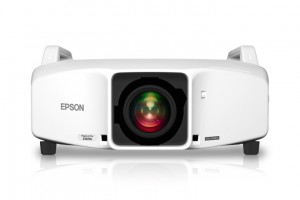 While lampless projectors are not brand new, the technology has evolved and continues to improve as time goes on. Imagine an installation grade projector that can run 24/7 with virtually no maintenance and no lamp changes and carry a three year warranty. Imagine not waiting for your projector to warm up or cool down, where the projector will reach maximum brightness and turn off almost immediately. Combine this with advanced features like projection mapping, edge blending, and an HDBaseT input packaged in a bright enough projector for large venues and you have quite a value proposition for your clients.
While lampless projectors are not brand new, the technology has evolved and continues to improve as time goes on. Imagine an installation grade projector that can run 24/7 with virtually no maintenance and no lamp changes and carry a three year warranty. Imagine not waiting for your projector to warm up or cool down, where the projector will reach maximum brightness and turn off almost immediately. Combine this with advanced features like projection mapping, edge blending, and an HDBaseT input packaged in a bright enough projector for large venues and you have quite a value proposition for your clients.
Laser projectors offer several benefits over traditional lamp based technologies. Let me clarify that laser simply refers to the light source, so the projection technologies like 3LCD are still a major part of these new projectors. Traditional lamp based projectors require the lamp to be replaced roughly every 1500 to 6000 hours depending upon the projector and the mode you run it in, while the average lifespan of a laser based projector is 20,000 hours.
Additionally, with most traditional lamp based projectors it takes a few minutes for the projector to warm up after powering on, and can take up to thirty minutes to provide a stable brightness level and often need to remain plugged in after powering off in order to properly cool the lamp. With laser based projectors they are ready to go almost immediately after being powered on and do not require a connected power source upon powering off with no worry of damaging the projector’s light source.
As far as the light source, projector lamps lose most of their brightness in the first half of their lifecycle whereas with a laser based light source the brightness loss is linear over the 20,000 hour lifecycle. What does this mean? This means that if you compare a laser based projector with a lamp based projector, both with the same light output rating (lumens) that within a very short period of time the laser projector will have the brighter image. Furthermore, even lamp based projectors with higher light output ratings than a laser based projector will quickly provide a lower light output than the laser projector due to the steep curve in degradation of the lamps brightness.
Epson’s popular Pro G and Pro Z installation grade projectors will soon be joined by the new Pro L series of laser based projectors with multiple choices ranging in brightness from 6,000 lumens to 12,000 lumens and multiple lens options with all of the features that users of the Pro G and Pro Z models have grown to love. Expect to start seeing these shipping in June of 2016. I know I can’t wait to get my hands on one.
***
For more information on Epson Projectors contact Brian Rhatigan at [email protected] or 888.420.2566 x6546
by Brian Rhatigan | Jan 20, 2016 | Digital Signage, Education, News
It seems flat panel displays are virtually everywhere these days and have gotten larger, thinner, lighter, and less expensive than ever. Not that long ago in applications requiring a large image a projector was the natural choice, however as flat panels have evolved you are now seeing them installed where historically it would have been a projector. I am not denying the benefits of using a flat panel display, but there are many reasons why projection would be the way to go.
For starters, let’s look at image size. Generally speaking 98” is about the largest flat panel that is readily available at this time. So in instances where an image of larger than 98” diagonal is required, projection becomes the only option to use for a single display device without the complexity of multi-screen video walls. This is pretty clear cut, but size is not the only consideration.
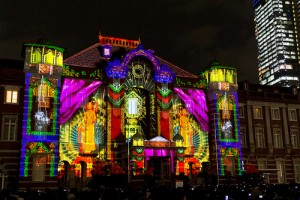 Often audio visual components are integrated into high end architectural spaces including corporate board rooms, lecture centers, training facilities, and more where the display device may not always be in use and for aesthetic reasons the client may not want to “see” the technology in the room. Most projectors are ceiling mounted and generally out of view or can be installed in a lift that can disappear into the ceiling. Projection screens also can disappear when not in use by recessing flush into the ceiling.
Often audio visual components are integrated into high end architectural spaces including corporate board rooms, lecture centers, training facilities, and more where the display device may not always be in use and for aesthetic reasons the client may not want to “see” the technology in the room. Most projectors are ceiling mounted and generally out of view or can be installed in a lift that can disappear into the ceiling. Projection screens also can disappear when not in use by recessing flush into the ceiling.
Another key consideration is cost. While flat panels have certainly become affordable, however once you get up into the larger sizes above 80”- 90” the costs can still be prohibitive in many cases where projection will often be much more affordable. For illustration purposes consider a 98” professional grade monitor at a cost of $32,679.00 compared to an installation class projector like the Epson PowerLite Pro G 6770WU which is 1920×1200 resolution at 6000 lumens available at a retail price of $5,699.00.
When it comes to unique display applications there are times when a flat panel display is simply not an option. Think about events where you have projection on floor surfaces or on buildings. With projection mapping some really unique projects can be pulled off. A really cool example of this was recently featured in a case study on the basketball arena at Pensacola Christian College using Epson Pro G projectors:
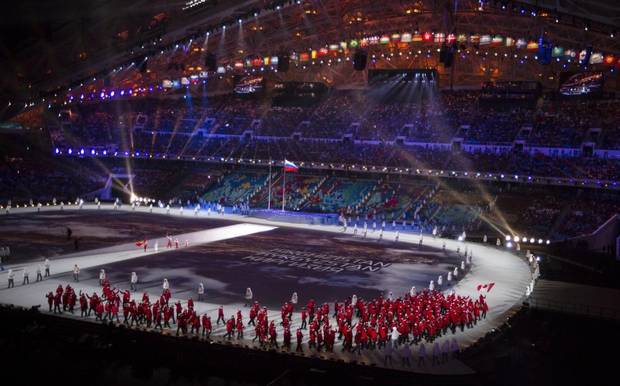
Both flat panel displays and projectors have their pros and cons, however projection is still and will continue to be a great choice for many display applications. For assistance in selecting the right Epson projector or to learn more, contact Brian Rhatigan at [email protected] or 888.420.2566 x6546.
 1.) ATEN VM3909H – 9×9 HDMI HDBaseT-Lite Matrix Switch: Remember way back when where the number of hot dogs in a package did not always match the number of buns in a package? I realize it is a silly reference, but try doing a 3×3 video wall with an 8×8 matrix switch. The folks at ATEN were mindful of this when they introduced this 9×9 HDMI matrix switch earlier this year. An addition to the 9 HDMI outputs it has 9 HDBaseT Lite outputs allowing the switch to be located up to 70m away from the video wall using the appropriate HDBaseT receivers. A simple front panel control and GUI interface to create simple video wall layouts round out the feature set of this Red Dot Award winning product.
1.) ATEN VM3909H – 9×9 HDMI HDBaseT-Lite Matrix Switch: Remember way back when where the number of hot dogs in a package did not always match the number of buns in a package? I realize it is a silly reference, but try doing a 3×3 video wall with an 8×8 matrix switch. The folks at ATEN were mindful of this when they introduced this 9×9 HDMI matrix switch earlier this year. An addition to the 9 HDMI outputs it has 9 HDBaseT Lite outputs allowing the switch to be located up to 70m away from the video wall using the appropriate HDBaseT receivers. A simple front panel control and GUI interface to create simple video wall layouts round out the feature set of this Red Dot Award winning product. 2.) Chief SYS Projector Mount System Series: The engineers at Chief really did their homework on this one keeping the installer in mind with features not found in other mounting systems. This system not only saves time on the install but is aesthetically pleasing. Installers will love the fact that the mount and column come pre-assembled and even the box is designed so that the parts needed first are packaged on top. Micro adjustments for perfect alignment can be made without any tools and the 0”-12” adjustable column has separate cable management channels for both high and low voltage cabling.
2.) Chief SYS Projector Mount System Series: The engineers at Chief really did their homework on this one keeping the installer in mind with features not found in other mounting systems. This system not only saves time on the install but is aesthetically pleasing. Installers will love the fact that the mount and column come pre-assembled and even the box is designed so that the parts needed first are packaged on top. Micro adjustments for perfect alignment can be made without any tools and the 0”-12” adjustable column has separate cable management channels for both high and low voltage cabling. 4.) Atlona AT-UHD-HDVS-300-KIT – Soft Codec Conferencing System: As more and more companies adopt PC-based conferencing codecs like Skype, WebEx, & GoToMeeting in place of traditional hardware based codecs for smaller conference rooms and huddle spaces the need for external USB microphones and cameras has increased with the desire for quality meetings. In order to accomplish this typical systems require AV extenders, USB extenders, USB hubs, multiple remotes, plus all of the required cables. Atlona’s system accomplishes this with just two devices and a single category cable. This unit also is a 4 input auto sensing AV switcher and provides automatic display control via CEC, IP, and RS-232 allowing users to start meetings quickly and easily.
4.) Atlona AT-UHD-HDVS-300-KIT – Soft Codec Conferencing System: As more and more companies adopt PC-based conferencing codecs like Skype, WebEx, & GoToMeeting in place of traditional hardware based codecs for smaller conference rooms and huddle spaces the need for external USB microphones and cameras has increased with the desire for quality meetings. In order to accomplish this typical systems require AV extenders, USB extenders, USB hubs, multiple remotes, plus all of the required cables. Atlona’s system accomplishes this with just two devices and a single category cable. This unit also is a 4 input auto sensing AV switcher and provides automatic display control via CEC, IP, and RS-232 allowing users to start meetings quickly and easily. 5.) Almo CONTROL – Control System & DSP Programming Services: Almo got into offering services two years ago with the introduction of digital signage content creation and since then have added services for installation as well as telecom services. Almo CONTROL is the most recent introduction and was launched at the E4 Fall tour this year. With Almo CONTROL integrators can potentially take on more projects with access to additional programming resources, or where they have expertise in one system but need resources for another. Our programmers have been providing outstanding control system programming and system commissioning support services since the year 2000.
5.) Almo CONTROL – Control System & DSP Programming Services: Almo got into offering services two years ago with the introduction of digital signage content creation and since then have added services for installation as well as telecom services. Almo CONTROL is the most recent introduction and was launched at the E4 Fall tour this year. With Almo CONTROL integrators can potentially take on more projects with access to additional programming resources, or where they have expertise in one system but need resources for another. Our programmers have been providing outstanding control system programming and system commissioning support services since the year 2000.






